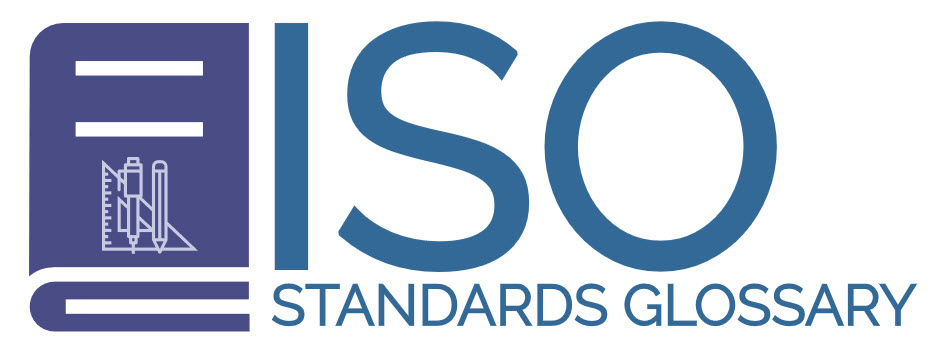Understanding National and International Standards
Standards play a crucial role in shaping industries and ensuring that products and services meet predefined levels of quality, safety, and efficiency. To understand these frameworks, it is essential to distinguish between national and international standards as they differ in scope and applicability.
Scope and Application
Standards are generally categorized into two types: national and international, each serving distinct functions and benefits.
National Standards are specific to individual countries. These standards are developed by national standards organizations and are crafted to meet the unique legal, cultural, and industrial needs of a particular nation. An illustrative example is the American National Standards Institute (ANSI), which constructs standards pertinent to industries in the United States. National standards such as these ensure that products and services align with expectations within the country’s operational or regulatory environment.
On the contrary, International Standards are created by global entities like the International Organization for Standardization (ISO). These standards are designed to be adopted across multiple countries, thus promoting worldwide harmonization of industrial practices. International standards facilitate trade across borders and improve interaction compatibility between different national markets, a critical aspect in our globally interconnected world.
Development Process
The creation of standards, be it national or international, follows a structured process involving various stakeholders who contribute their expertise and insights.
National Standards Development is typically carried out by a country’s national standards body, which gathers input from local stakeholders. These stakeholders can include industry experts, government representatives, and consumer advocacy groups. The objective is to ensure these standards cater to the nation’s individual requirements— addressing everything from regional environmental conditions to cultural preferences in product design.
Conversely, the International Standards Development procedure is characterized by collaboration among experts from numerous countries. These specialists form technical committees to draft standards that transcend national boundaries. The end result is a set of guidelines intended to facilitate international interoperability and bolster global confidence in goods and services.
Examples of National and International Standards
Standards can vary significantly between countries and across industries, with each set addressing its specific concerns and objectives.
A well-known example of a national standard is found in the United States’ NEMA standards, which pertain to electrical enclosures. These standards provide detailed guidance tailored to meet the particular environmental demands encountered within the United States. Such specificity ensures that electrical systems remain both efficient and safe in various American climates.
In contrast, international standards such as ISO 9001 underscore quality management principles applicable globally. ISO 9001 guides organizations in maintaining compliance with customer and regulatory expectations, providing a consistent framework that can be leveraged to improve quality and efficiency in product and service delivery worldwide.
Implementation and Compliance
Once established, standards require adoption by relevant industries, which often involves processes of implementation and ongoing adherence:
Compliance with National Standards typically holds some degree of legal obligation for organizations operating within the respective nation. In practice, this translates to mandatory adherence in order to lawfully conduct business and maintain operational efficiency. Non-compliance might result in legal penalties, fines, or an inability to market products and services within the country.
On the other hand, International Standards are generally voluntary, yet they possess substantial influence in the realm of global commerce. Businesses that incorporate and comply with international standards often find themselves better positioned to penetrate international markets, being perceived as both credible and reliable by potential partners and customers worldwide.
Understanding the nuances between national and international standards is integral for organizations seeking to navigate and adapt to diverse regulatory environments. A keen awareness of how these standards function can significantly enhance an organization’s competitiveness and ability to innovate within both domestic and international markets. By adhering to the pertinent standards, companies not only ensure compliance and enhance their marketability but also contribute to a broader ecosystem where safety, quality, and efficiency are uniformly prioritized.
